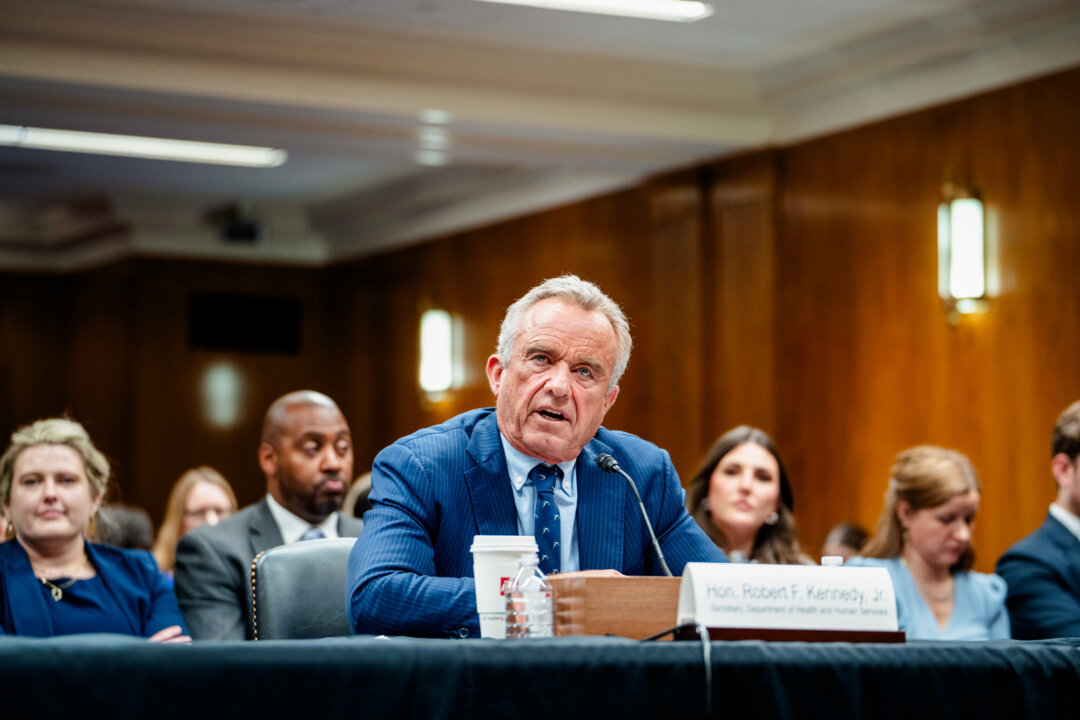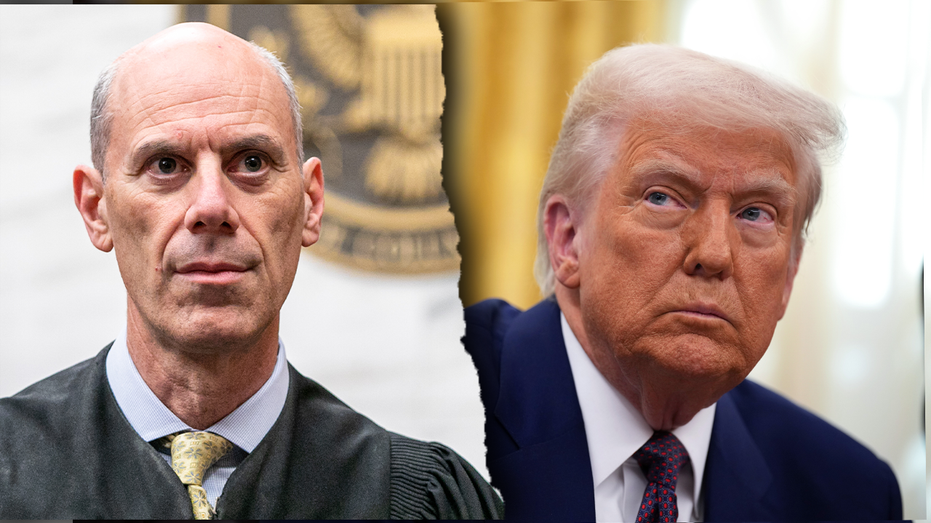The biggest winner from AI — at least aside from the tech industry — might surprise you.
Of all the industries jockeying to capitalize on the rise in artificial intelligence, the electric power sector is practically salivating. AI is power-hungry and its tech boosters are ready to spend.
But it may not be so easy for utilities to seize the opportunity.
President Donald Trump has sent mixed messages about his willingness to actually support the basic infrastructure required to meet the huge electricity needs of AI data centers. The administration is canceling loan guarantees for transmission lines and trying to block federal land from being used for wind energy, even as it’s telling agencies to figure out how to build data centers on that same land.
Regulatory uncertainty from Washington is never a good thing, and utility executives say it’s too early to tell what the effects of the megabill’s decimation of renewable energy tax credits will be on their power-purchasing plans. But they’re ready to fill the demand, regardless of the energy source — and that gives them a sense of optimism that until recently has been in short supply.
“The size and the scale of what we’re seeing now is unlike anything we’ve seen,” Pacific Gas & Electric executive Mike Medeiros told me, after the utility got approval for a new rate structure to speed up connecting data centers to the grid. “People will tell you — they probably haven't seen load growth like this since post-World War II.”
It’s a remarkable shift from just a decade ago when the industry worried about a “death spiral” as rooftop solar started chipping away at its customer base. The challenge now is to build fast enough to capture data centers’ demand, which is expected to make up half of projected U.S. growth through 2030.
The industry was excited even before Trump pledged last month to match China’s rate of new electricity construction in the name of “unquestioned and unchallenged global technological dominance.” After essentially no change over the past 20 years, the U.S. power sector is now expecting 2.5 percent annual growth over the next decade, made up of electric vehicles, buildings — and AI above all.
The power industry’s hunger isn’t necessarily for increased sales: Many states have structured their electricity rates so that energy savings earn just as much return on investment. Rather, it’s the fact that utilities have had to spread their fixed costs — things like transmission lines, substations and pipelines — across a smaller and smaller pool of customers, which means each customer has had to pay a growing share of the costs.
“Load growth has been flat, basically flat, for 20 years or more in the U.S.,” said Tom Wilson, a grid expert at the Electric Power Research Institute, a think tank. “And so the idea of load going up allows you, at the very highest level, to spread any sort of system-wide cost that should be allocated to the various players over a larger number of kilowatt-hours.”
The broader uncertainty across the energy policy landscape helps explain why utilities are clinging to tech so fiercely now. And while tech may not have stuck its neck out particularly far on behalf of renewable tax credits, it’s still going to be the power sector’s best customer.
The electric power industry’s relative dispassion may also give it a valuable role in the continuing partisan battles over solar and wind power’s reliability, as my colleague Nico Portuondo reported last month. When Senate Energy and Natural Resources Committee Chair Mike Lee (R-Utah) dinged renewables at a hearing on electricity demand, Jeff Tench, executive vice president at Vantage Data Centers, offered a mild corrective.
“Our observation and our requirement is for more electrons, and Vantage is relatively agnostic as to the source of those electrons,” he said.
So far, data centers have only increased total U.S. power demand by a tiny amount (they make up roughly 4.4 percent of electricity use, which rose 2 percent overall last year). But the two industries’ fates are already linked. When Chinese firm DeepSeek unveiled an AI model in January that it billed as 10 to 40 times cheaper and more efficient than U.S. models like ChatGPT, the stock of tech giants like NVIDIA and Oracle plummeted — as did that of power providers like Constellation, Vistra and GE Vernova.
There are risks in a hidebound, tightly regulated industry like power, which is essentially physical in nature, hitching its wagon to mercurial tech.
“There is a scenario where utilities benefit from this,” said Michael Wara, director of Stanford University’s climate and energy policy program. “And there’s also a scenario where they overplay their hand dramatically.”
There are several ways utilities could do that. One is taking demand estimates at face value and overbuilding. The tech industry is famous for its ability to improve its efficiency — and, simultaneously, for its tendency to overstate the energy use of new widgets. Computing history is littered with laughable-in-retrospect claims, like the one about a Palm Pilot using as much electricity as a refrigerator.
“Nobody has any idea how much demand is going to be from AI in five years, and anyone who says that they know that is lying,” said Jonathan Koomey, a researcher who’s devoted decades to debunking demand projections and coined Koomey’s Law, which holds that computing energy efficiency doubles every 18 months.
There are solutions, though. In Virginia, for example, where data centers make up a quarter of demand and are projected to quadruple again by 2040, Dominion Energy is requiring data centers commit to buying fixed amounts of power for 14 years, to protect against unexpected efficiencies.
The potential to fuel unaffordable energy costs is another risk as electricity prices shoot up across the country, including in spots where data centers have mushroomed. Utilities argue that they’ll be able to charge data centers the right amount to recoup their costs; California regulators approved a new rate structure for PG&E last week that lets it collect payment in advance to cover the cost of connecting the new facilities to the grid.
“The argument for why more data centers might lower residential bills is because you’re going to get more electrons to spread those fixed costs over,” said Chris Knittel, MIT’s associate dean for climate and sustainability. He put out a paper last week raising the possibility that making data centers more flexible in terms of their demand could have the effect of incentivizing old coal plants to stay open.
But the biggest question for now is whether the industry can keep up with the demand and not trip over its own feet or the bigger policy headwinds.
“The federal government is trying to accelerate AI and to kill its only prospects for timely power supply,” said Amory Lovins, a researcher and founder of the Rocky Mountain Institute think tank. “You don’t need AI to figure that one out.”
.png)












 English (US)
English (US)